Facts About Honoring Checks and Misc Information
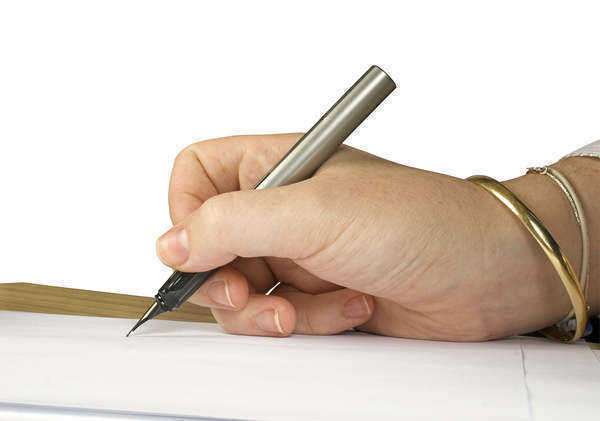

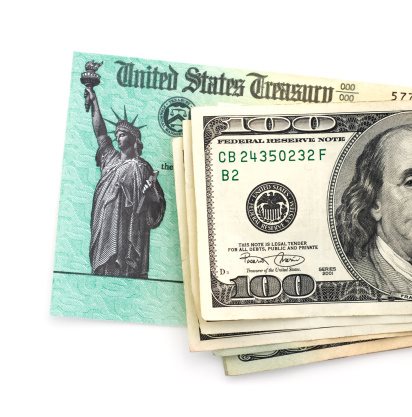
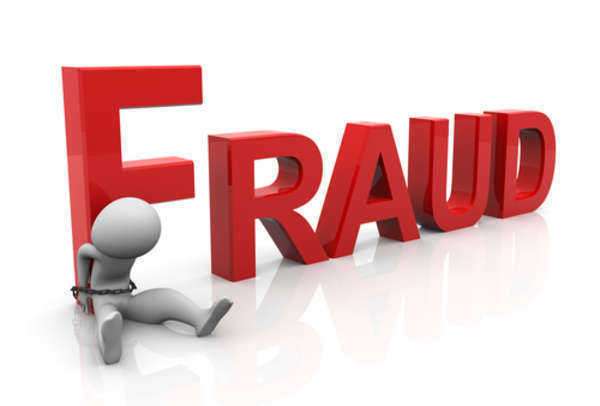


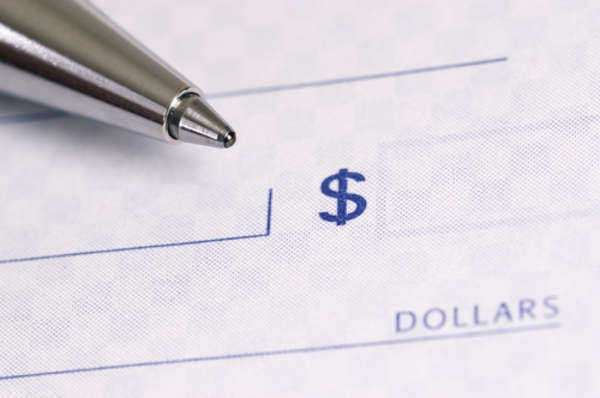
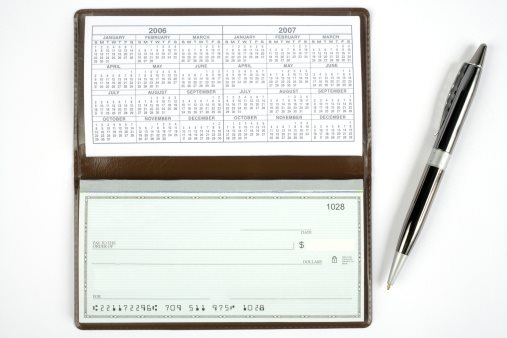
Checks are a versatile form of negotiable instrument.
While they are defined under the Uniform Commercial Code such that all checks
are somewhat similar and can be treated equally, there are many specialized
forms of check that are designed to fulfill different functions,so as to
facilitate transactions for which a normal check might not be adequate.
Understanding the role of each of these specialized checks is important, as one
might need to use such a specialized check should one find oneself in the appropriate situation.
Background
Checks have been used for payments for a long time, as
checks were actually one of the first forms of negotiable instruments. Today checks have a more specific, functional form, as defined by the Uniform
Commercial Code, but even this form is not necessarily perfect for all the many
necessities that have arisen over time.
In particular, checks do not provide as much of an
assurance of payment as some recipients and payees might desire, as checks can
still be denied regardless of the mere fact of their issuance. Additionally,
checks are often an unwieldy or problematic form of payment compared to simpler
methods. Hence, specialized checks such as cashier’s checks, traveler’s checks,
and certified checks arose to fill in the gaps. Find out more about the basic functioning of these specialized checks by
clicking the link.
Cashier’s Check
When one needs a check which is fully validated by
another party, then a cashier’s check may be the route to go. A cashier’s
check, unlike most other checks, does not involve the party initially obtaining
and holding the check directly in and of itself. Instead, the purchaser of a
cashier’s check pays a bank a certain amount of money for the cashier’s check.
The bank then makes out the cashier’s check for the purchaser. Thus, the
cashier’s check itself does not involve the money of the purchaser, as the
purchaser instead made a payment to the bank. The cashier’s check only involves
the bank’s own funds and any payment on the cashier’s check will come directly
from the bank, as opposed to from an individual’s account.
A cashier’s check is often somewhat more dangerous to
hold than a regular check because a cashier’s check is much closer to cash than
a regular check, as the cashier’s check is usually cleared instantly by a bank.
This makes cashier’s checks ripe for some forms of fraud and it makes them
highly desirable for stealing. But in the event that the purchaser needs guaranteed
funds, a cashier’s check will very likely be better than any other available
option, and indeed, may be the only available option. For more information on cashier’s checks
and how they function as sources of guaranteed funds, follow the link.
Traveler’s Check
Traveler’s checks are checks suited particularly for
travelers. These are checks which are guaranteed, such that the holder can use
them in foreign countries with little difficulty and if the traveler loses them
or the traveler’s checks are stolen from him or her, he or she will be able to
get replacements from the issuer. This kind of guarantee is very desirable for
any check user, in general, and for the traveler especially, considering that
it would be more difficult to obtain replacement funds from one’s own account
when one is abroad than it would be to do so at home.
Traveler’s checks are also somewhat different from other
checks in that they come in pre-set values, generally in printed packs, which
the purchaser must buy as a group from a given agent or seller. These packs of
traveler’s checks are issued from a different party than the entity selling them, but this is irrelevant from the purchaser’s perspective,
beyond the fact that the purchaser, when seeking replacements, should seek them
from the issuer first, as opposed to the agent.
Traveler’s checks are also sometimes used for scams or
fraud because of their unique traits. For example, a fraudster might attempt to
report a traveler’s check as stolen so as to be issued a replacement while
selling the original to a different party for some profit. Regardless, the
point of traveler’s checks as guaranteed funds and safe to use for the traveler is very well served by the traits of the
check. To find out more about traveler’s checks and their unique properties,
click the link.
Certified Checks
A certified check is very similar, in principle, to a
cashier’s check. Instead of paying the bank and then receiving a check that
will draw upon the bank’s own accounts, however, the point of a certified check
is instead to draw upon the account of the check’s drawer, while still
providing the same level of assurance to a payee that is provided by a
cashier’s check.
When a drawer wants to certify a
check, he or she must present the check to his or her bank, which will then
check to make sure that the drawer has enough funds in
his or her account to pay for the check. Then the bank will put a hold on those
funds and will certify the check. This means that when the certified check is
cashed, there will definitively be enough money in the account to pay off the
check. Thus, any payee or recipient of a certified check is assured that the check
will be paid and will not bounce. The drawer of the check may encounter some
difficulty based on the fact that the money for the check will be frozen and
inaccessible, though it may still be reported on statements until it is drawn
from the account officially, but this is negligible next to the assurance that
there will be no problems from a bounced check.
Most of the time, certified checks are used in situations
where either the payee does not trust the drawer’s credit or where the
transaction is for a high value or is of great importance, and thus, the payee wants some kind of assurance of payment. Follow the link for
more information on certified checks and their advantages and disadvantages.
Lost, Destroyed, Stolen Checks
Lost, destroyed, or stolen checks are a problem for any
user of checks, and knowing how to deal with such a situation when it crops up
is important. In general, any time a check has been stolen, the correct
strategy is to get in contact with the bank associated with the check and have
that bank put a stop order on the check. That way, hopefully, no payment will
be made on the check. Such a stop would likely prevent any misuse of the stolen
check and would also help to prevent any fraudulent submission of the check
with a forged signature, for instance.
A lost check might not require such a stop, depending on
the situation, but it likely would simply so that a new check could be issued
as a replacement for a lost check that will never be found. Similarly, an
unintentionally destroyed check would require such a stop so as to end any
effects of that check’s existence.
But some of the specialized forms of checks might require different procedures and might actually lead to better
outcomes if they were lost or stolen. For example, a traveler’s check is
specialized because it comes with a guarantee of replacement, assuming the
original purchaser retains certain information. A certified check, on the other
hand, would require a number of different actions to be taken in order to be
replaced in any significant fashion. For more information on lost, destroyed, or
stolen checks and how to deal with each type, click the link.
Honoring Checks and Misc. Information
Checks do not function if they are not honored by their
drawees. To honor a check is to accept that check for payment. If drawees do
not honor the checks presented to them for payment, then a check is worthless.
Understanding, then, the system by which checks are honored and the reasons for
which a check might not be honored is critical to understanding the system of
checks. Furthermore, there are several elements attached to honoring checks
which are important to understand in order to understand the full checking
system.
Overdraft fees, for example, are fees which are charged
on an account which does not have the necessary money to support payment for a
check. Instead of simply denying payment for the check as having insufficient
funds in the account, banks will often honor those checks and will charge the
drawer the additional overdraft fee. This type of practice is important to be
aware of, as some may have thought that overdrawing an account would result
only in a bounced check and not in additional fees.
One can use practices such as postdating checks in order
to avoid any trouble with overdraft fees, although this is not entirely
foolproof. Postdating a check would theoretically mean that the check in
question, while it might still be honored by a bank, could not be drawn from
the drawer’s account until the date mentioned on the check. By postdating a
check, a drawer might give himself more time to deposit money into his account to
ensure that the account will not be overdrawn. These and more elements are all
important components of the overall system of honoring checks. To learn more
about these practices, and about honoring checks in general, follow the link.

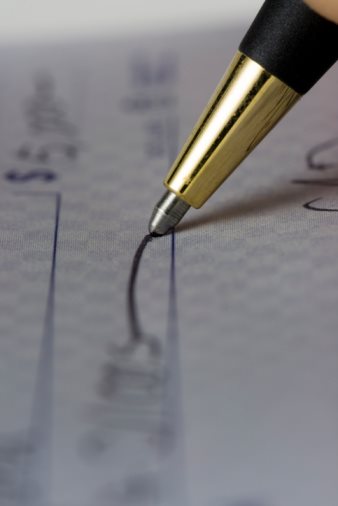
A check is only good insofar as it is honored by the
drawee. If the drawee does not honor checks drawn from it, then it would not
matter if the drawer or the payee have both otherwise performed their roles in
the transaction. Fortunately, with a check, the banks that play the role of
drawees will generally honor checks drawn on them, as to do otherwise would be
a breach of trust with the customers and would violate the banks’ primary
duties in acting as the customers’ agents. There are some instances, however,
in which a check might not be honored due to circumstances surrounding the
check and the status of the account from which it is being drawn.
In general, if a drawee or a bank does not honor checks drawn
by a particular drawer, then there is a reason for it, for example, the drawer not having enough money in his or her account to support any check.
This is an instance in which the drawer is said to have non-sufficient funds,
which would then allow the drawee to not honor checks drawn by that drawer.
Beyond simply not honoring a check drawn for funds which
are not in the account, the drawee or bank might institute other penalties,
including some kind of penalty fee. The payee, as well, will likely learn not
to trust a check written by that drawer.
More and more nowadays banks and drawees have begun to
honor checks which draw on accounts with insufficient funds simply in order to
charge overdraft fees. Overdraft fees allow for banks to make a fair amount of
profit on an unsupported check, as they charge the drawer a significant penalty
for having overdrawn his or her account.
Sometimes, a drawee will not honor checks because they
were made with faulty or incorrect information. This is not a terribly common
circumstance, as many incorrect elements on a check are the results of mistakes
as opposed to wrongdoing and can simply be corrected by the proper party or
might not even matter.
For instance, an incorrect date on a check might not
actually matter as to whether or not the bank honors that check. Additionally,
a misspelled name would likely not actually affect the check’s payability; in
such an instance, the payee could simply correct the name and sign with the
correct spelling or could even sign with the incorrect spelling.
But the drawee might not honor checks that are, for
instance, clearly
altered in some significant or fraudulent fashion, or the
drawee might not honor checks with a clearly forged signature. These instances
are relatively rare and are particularly serious.
In other instances, however, a drawee might not honor
checks because that drawee is, in itself, party to a scam of some kind. If the
drawee is a fraudulent party, then the fact that it does not honor checks might
be an important clue for the drawer or the payee in discovering such fraud and
should be investigated at the earliest opportunity. It is possible that the
drawee had a perfectly reasonable explanation for why it refused to honor the
checks in question, but in the event that it does not have such an explanation,
discovering so earlier is vitally important.